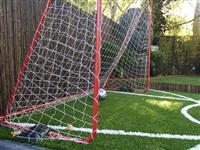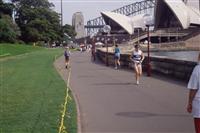

This comprehensive introductory course focuses on the management and development of recreational facilities as well as enhancing your ability to plan, develop, and advise on facilities for a range of recreation and fitness activities.
This course can be taken on its own or as part of a Certificate or higher level course.